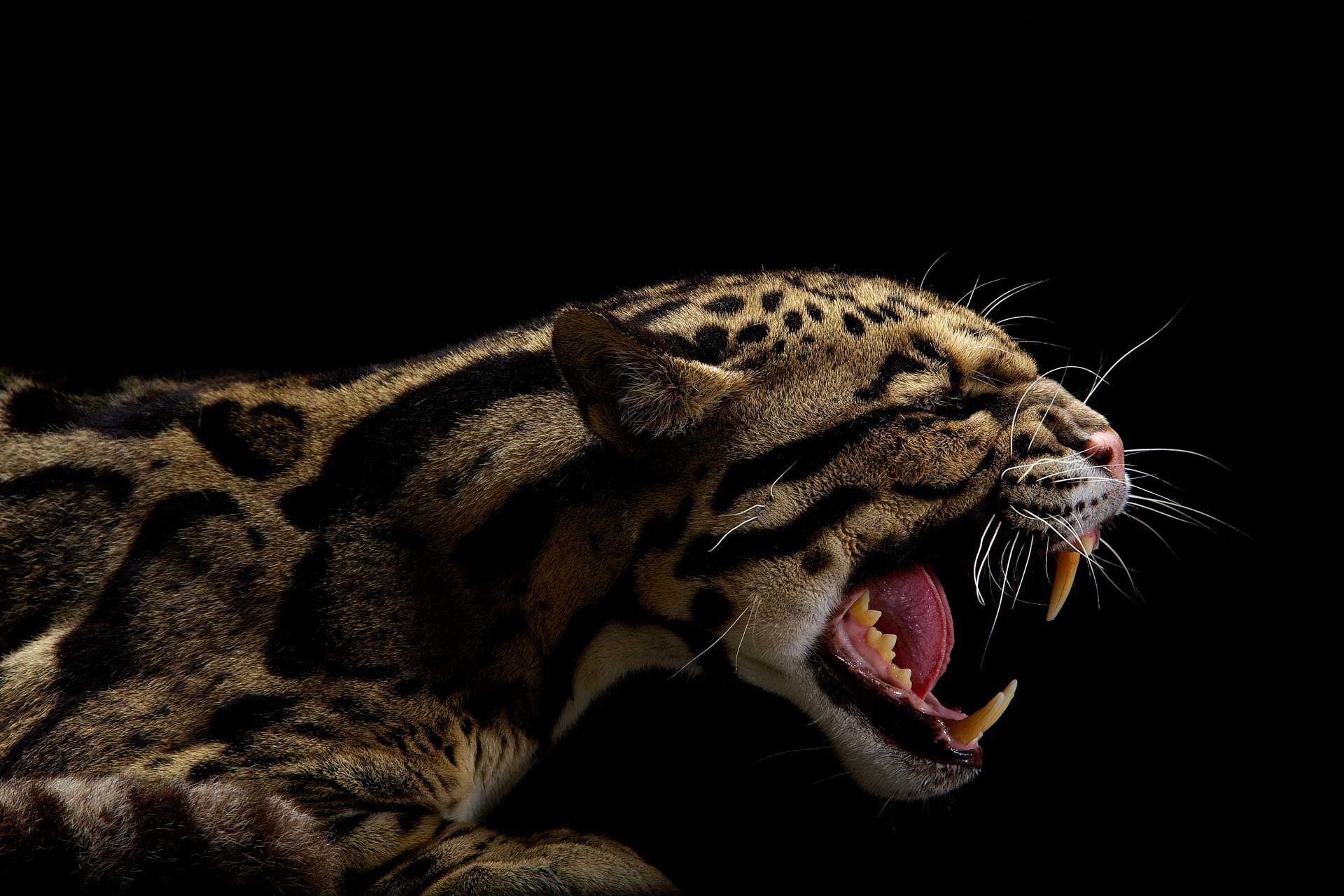
In all his years as a National Geographic photographer, Vincent Musi learned one simple thing: “You can’t tell an animal to do what you want it to do.”
“You have all these great plans for constructing a photograph and, in the end, you’re at the whim of something that you may or may not be able to communicate with in any way,” he tells TIME, ahead of the LOOK3 photo festival in Charlottesville, Va., where his work will be on show starting June 10. “In most cases, they are not at all happy with what you’re doing.”
For a long time, Musi photographed people and how they interact. He took to Route 66, documenting a monument of American history and how it’s experienced by its many aficionados, tourists and locals alike. He photographed the way of life in the Texas Hill Country, and the impact of hurricanes on people and landscapes in the United States. About a decade ago, he turned to animals, and that work is where he made his reputation—even though he still struggles every single time he’s faced with one of his subjects.
“It was very hard for me to learn how to do this, and I’m still learning,” he says. “Every time I do one of these, it’s radically different. You go in with very little confidence. And maybe the animals sense that.”
To connect with his subjects, Musi learned to talk to them. “I tell them what I’m doing,” he says. “I tell them who I am. And the people who own these animals often think I’m insane for talking to them like this, but I do. It’s a very collaborative relationship, in the end. You’re on their time schedule. It’s taught me a lot about communication.”
Musi’s collaboration with his subjects has also taught him humility. In its 127 years of existence, National Geographic magazine has built its reputation on photographs of animals, so there was a lot for him to live up to. “They have had the best of the best for all these years,” Musi says. “It’s intimidating. You have this animal that doesn’t necessarily want to cooperate or doesn’t understand what you’re doing, so you have to slow it down to get what you want to make these photographs.”
Slowing it down is also Musi’s approach when it comes to his second job in photography. For almost a decade, the photographer has been known as the voice of LOOK3. Each year, he’ll take to the stage of the Paramount Theater in Charlottesville’s historic city center to introduce the festival’s keynote speakers. His distinctive voice and sense of humor have become synonymous with the festival’s motto—Peace, Love and Photography—and laid-back approach to an industry that can move too quickly at times.
“It always comes from the perspective of the artist first,” says Musi, “which I think is lost in this sea of information in photography and technology. We’ve lost the point that photographers make these pictures.” So, when photographers such as Larry Fink or Michael “Nick” Nichols stroll on stage in front of hundreds of people, “they know they’re going to do something that they may have never done anywhere else and be treated like they’ve never been treated in any other place,” he says.
That purity is important, and that’s hard to sustain financially, Musi admits. “If we can’t do it our way, which is this laid-back, non-competitive thing, then there’s not really a point to doing it. So it’s very hard financially to keep it non-commercial,” he tells TIME. “We’re not selling anything. The sponsors are not telling us who to put on that stage and how to do it. They’re there because of what we do in the end. But it’s hard to keep that going. Every year I feel it’s that story of the little engine that could. I never know if we’re going to get there. We all want to get there, but you never know.”
So far, the festival has not failed to deliver. “We’re always amazed to how it turns out,” says Musi, “because the best planning cannot account for some of the wonderful serendipitous moments that happen.” This year, some of these moments will, without little doubt, come from Musi. When he walks on stage this Friday, it will be, for the first time, as a keynote speaker.
Vincent Musi‘s photographs will be on show in Charlottesville, Va. until June 28. The photographer will give a talk on June 12 during the LOOK3 photo festival, which runs from June 10 to 13.
Olivier Laurent is the editor of TIME LightBox. Follow him on Twitter and Instagram @olivierclaurent
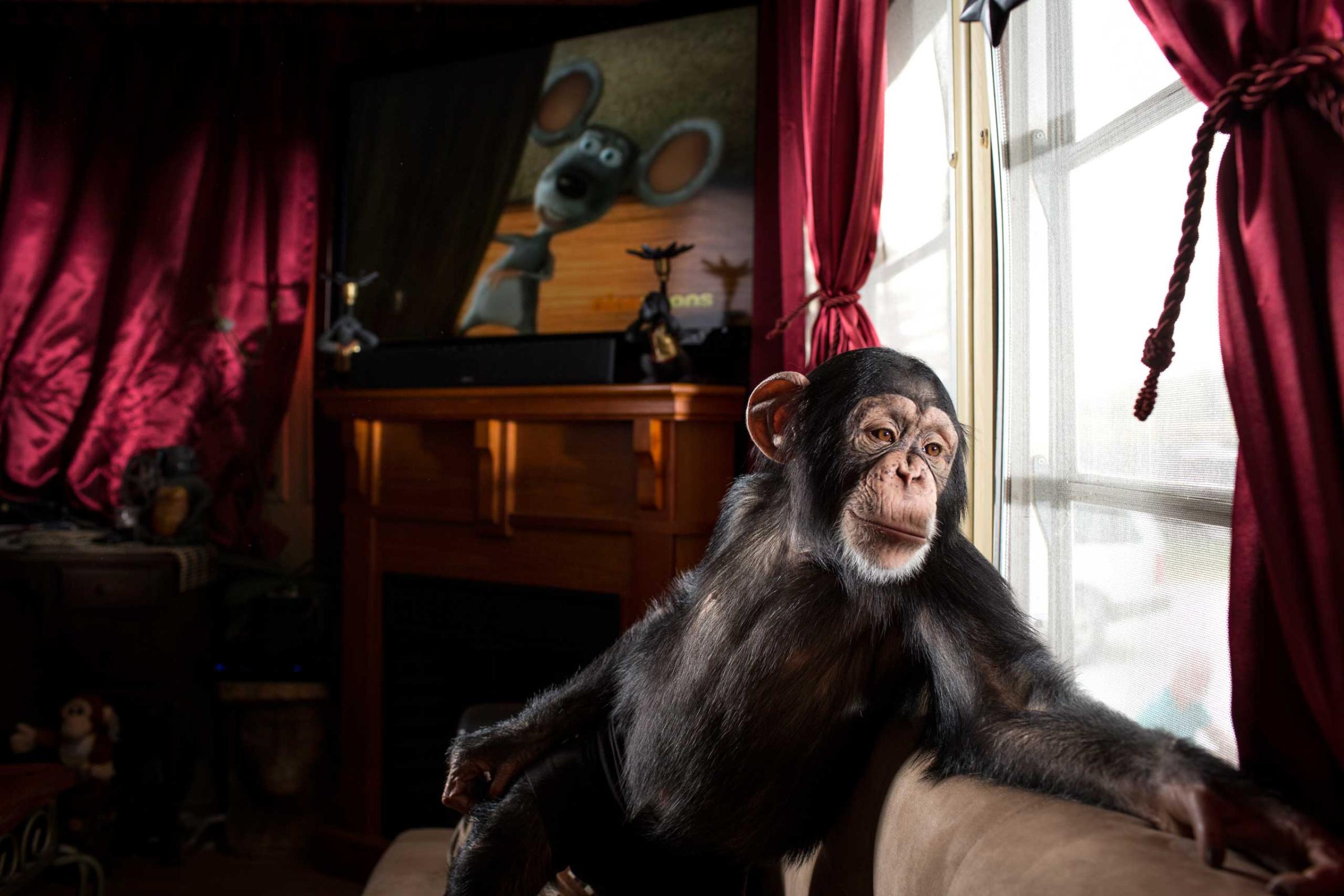
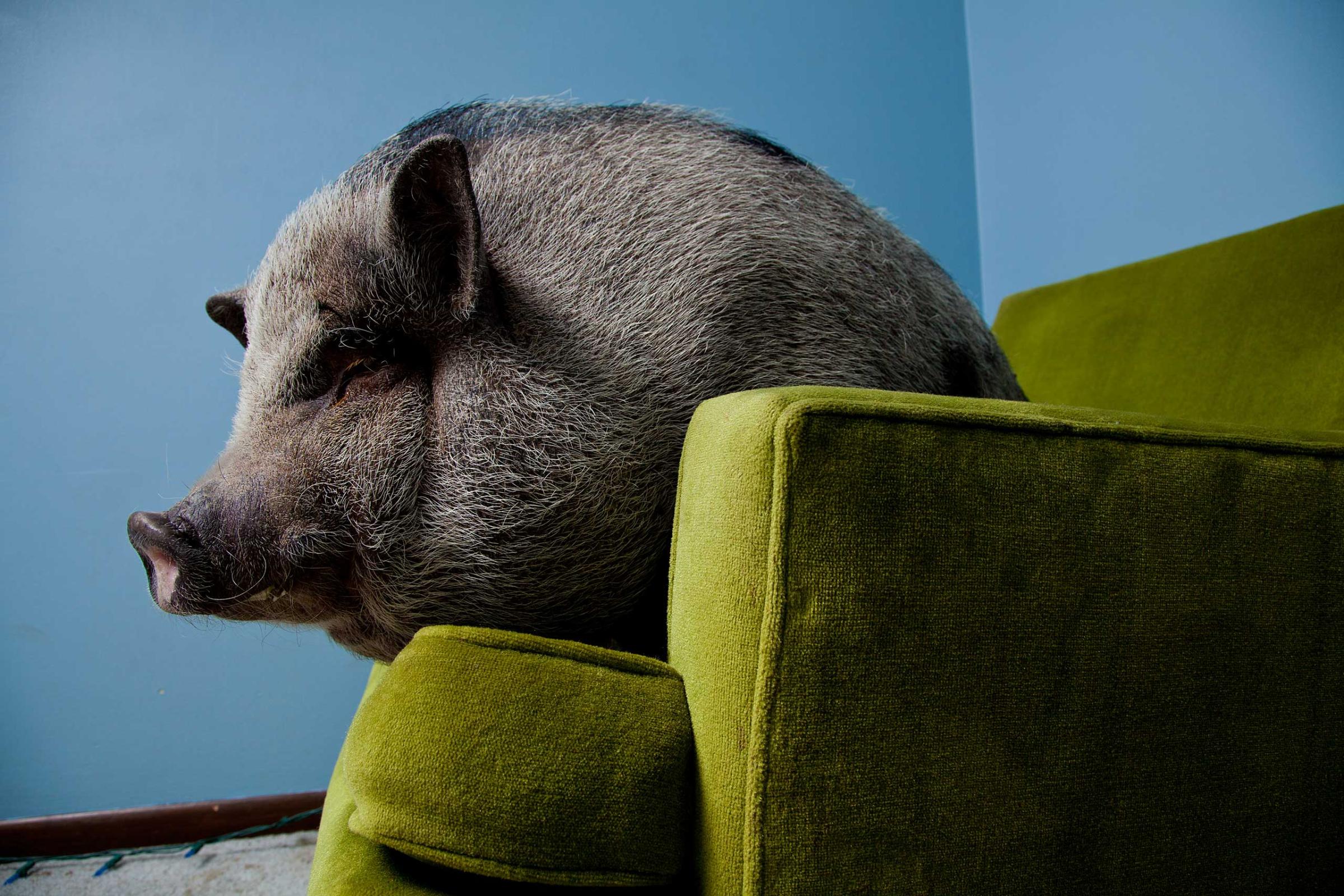
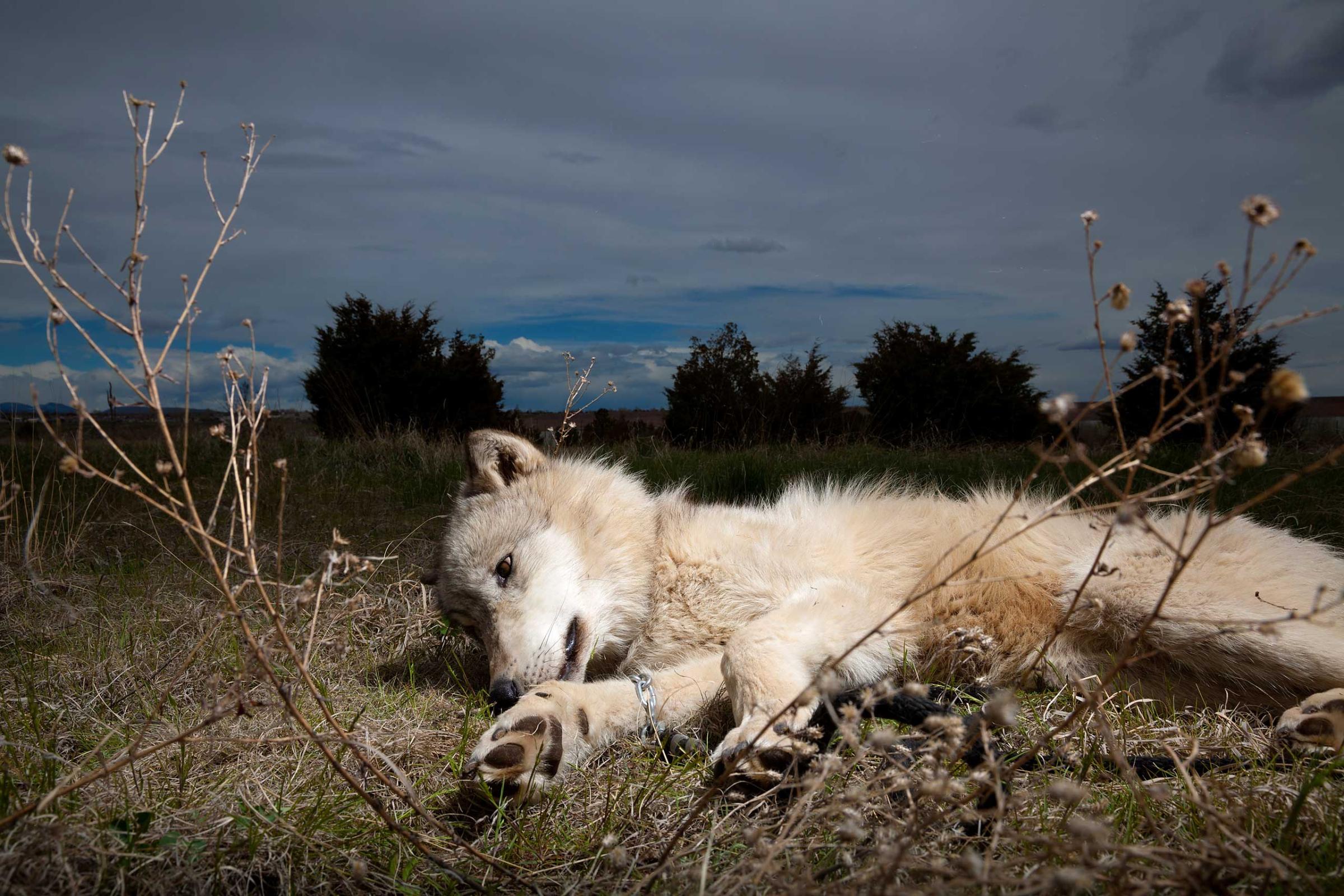
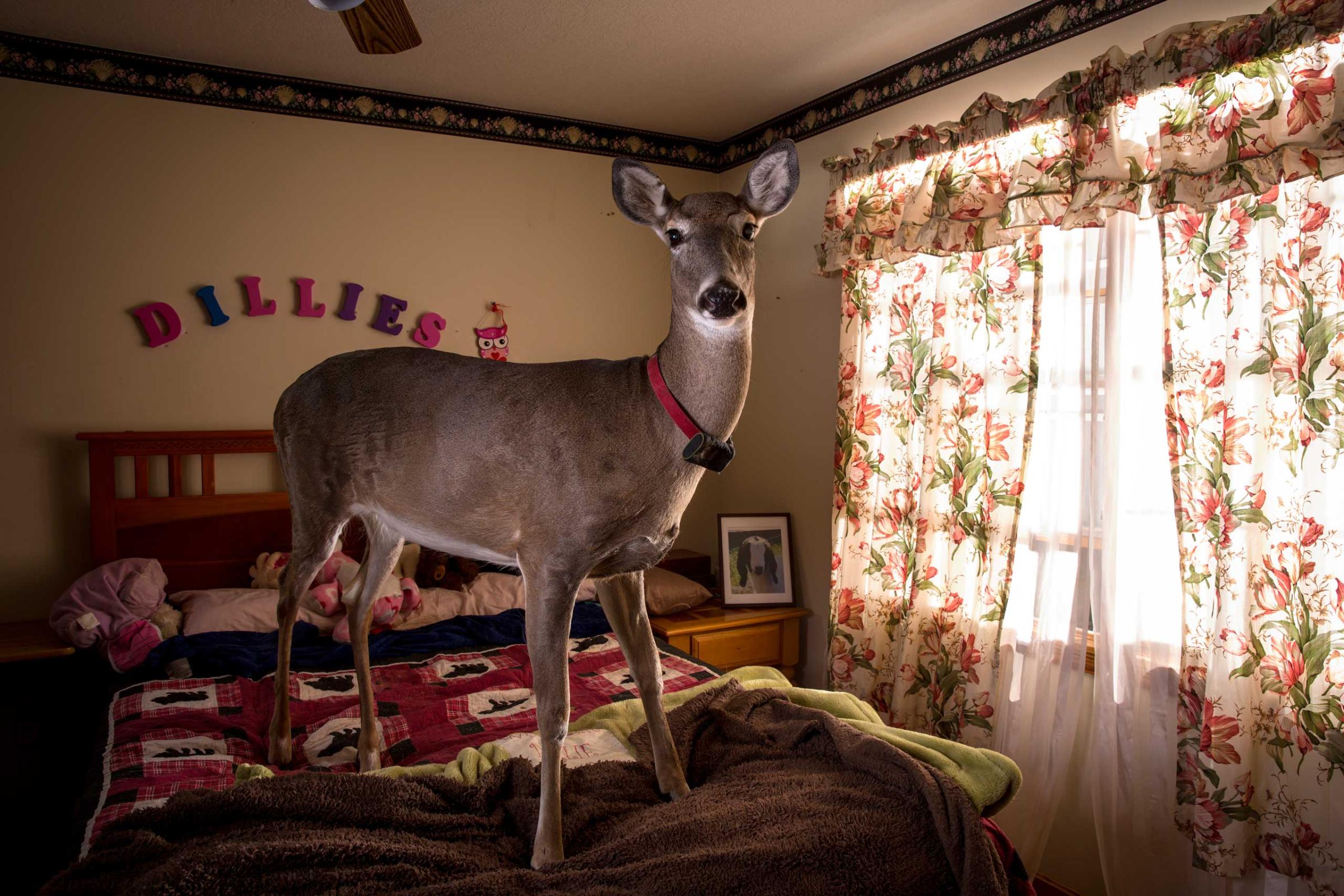
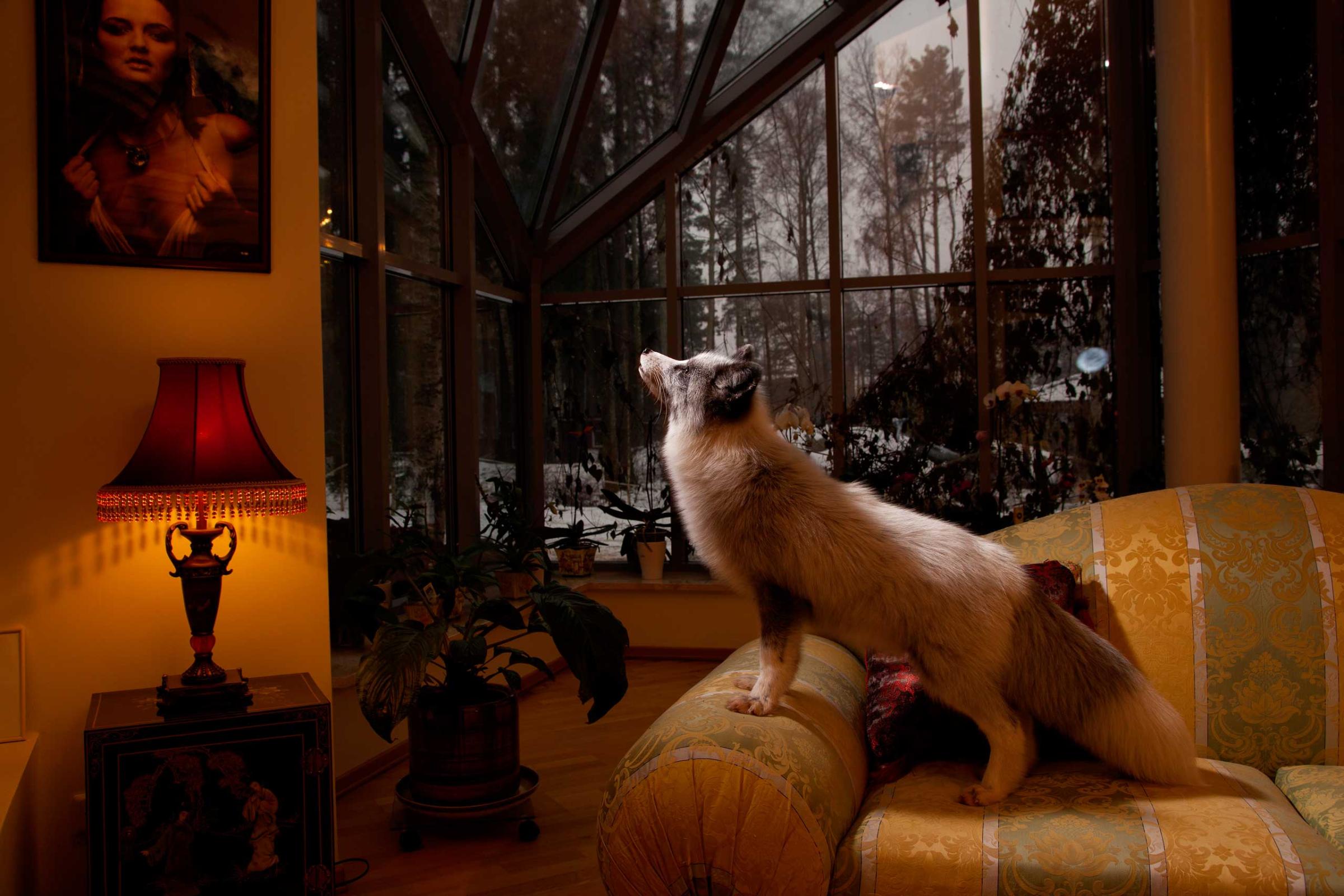
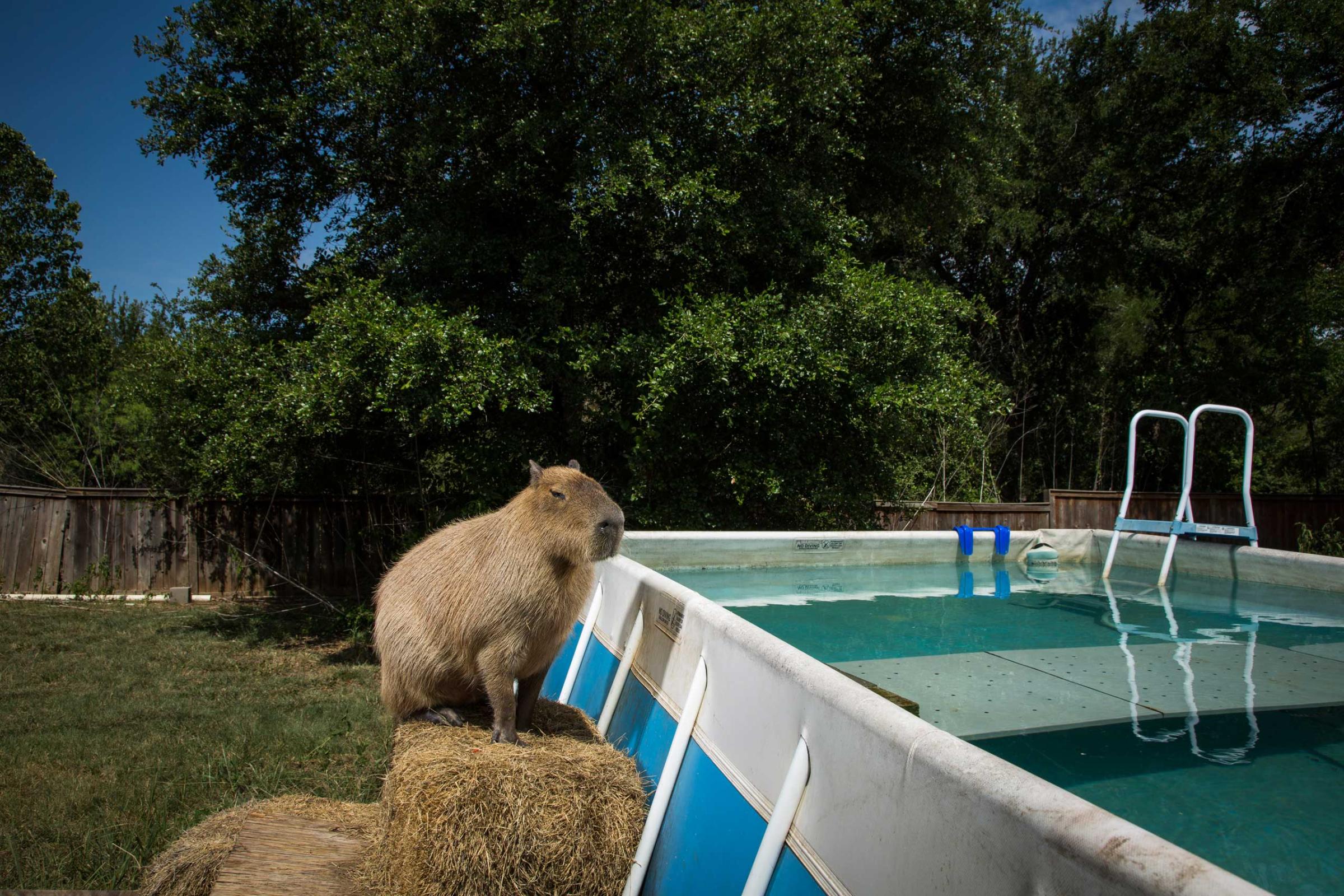
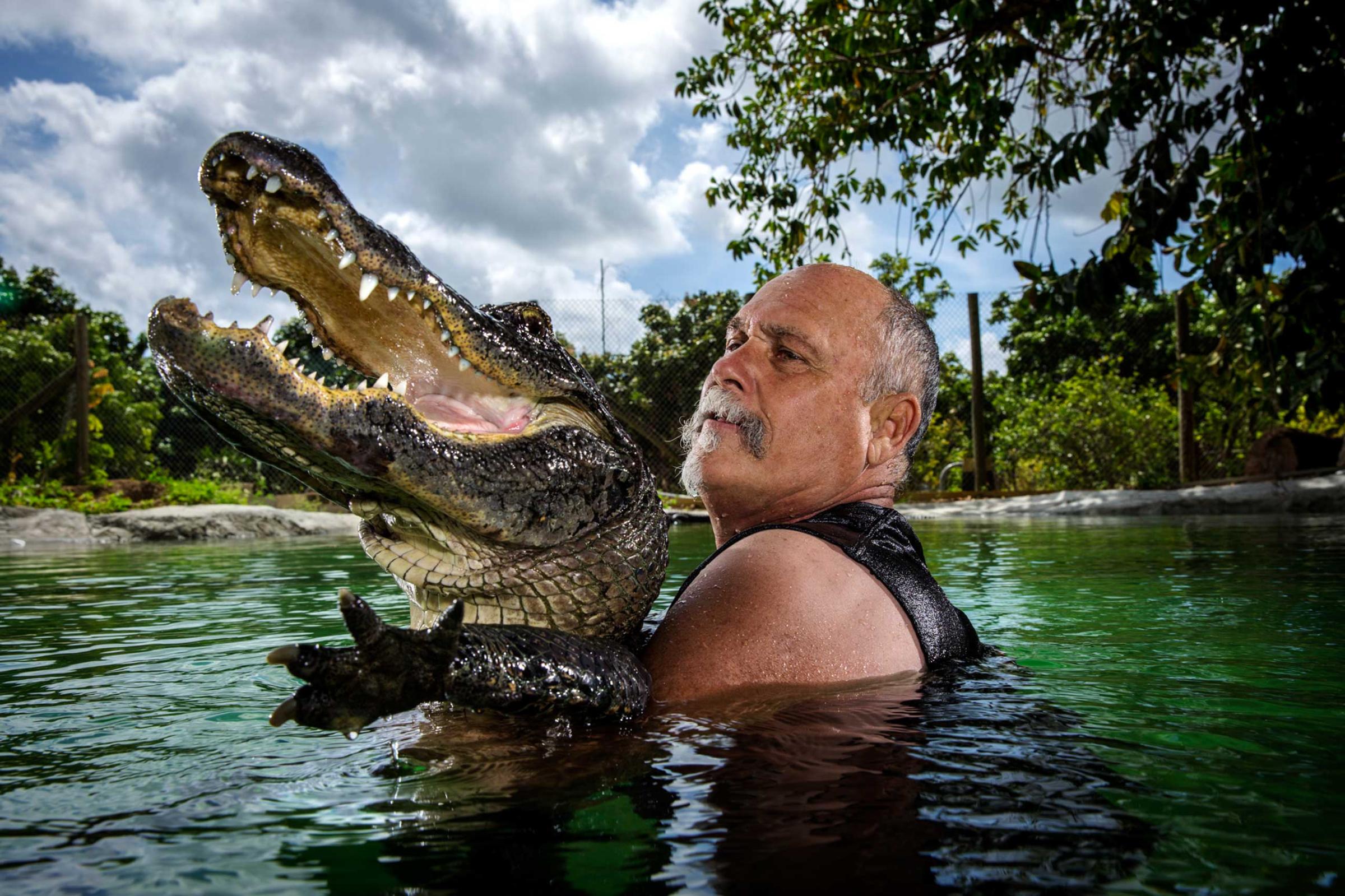

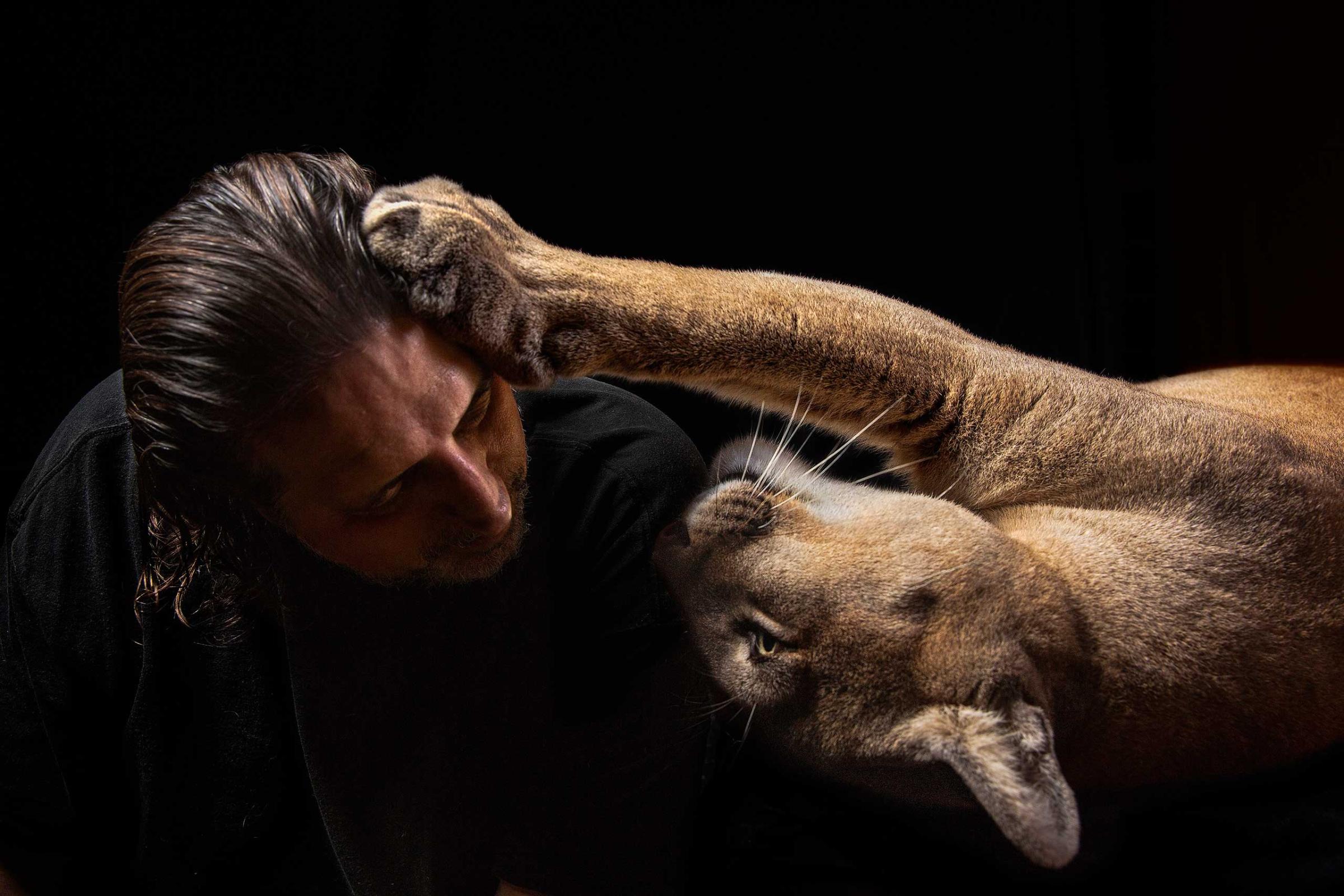
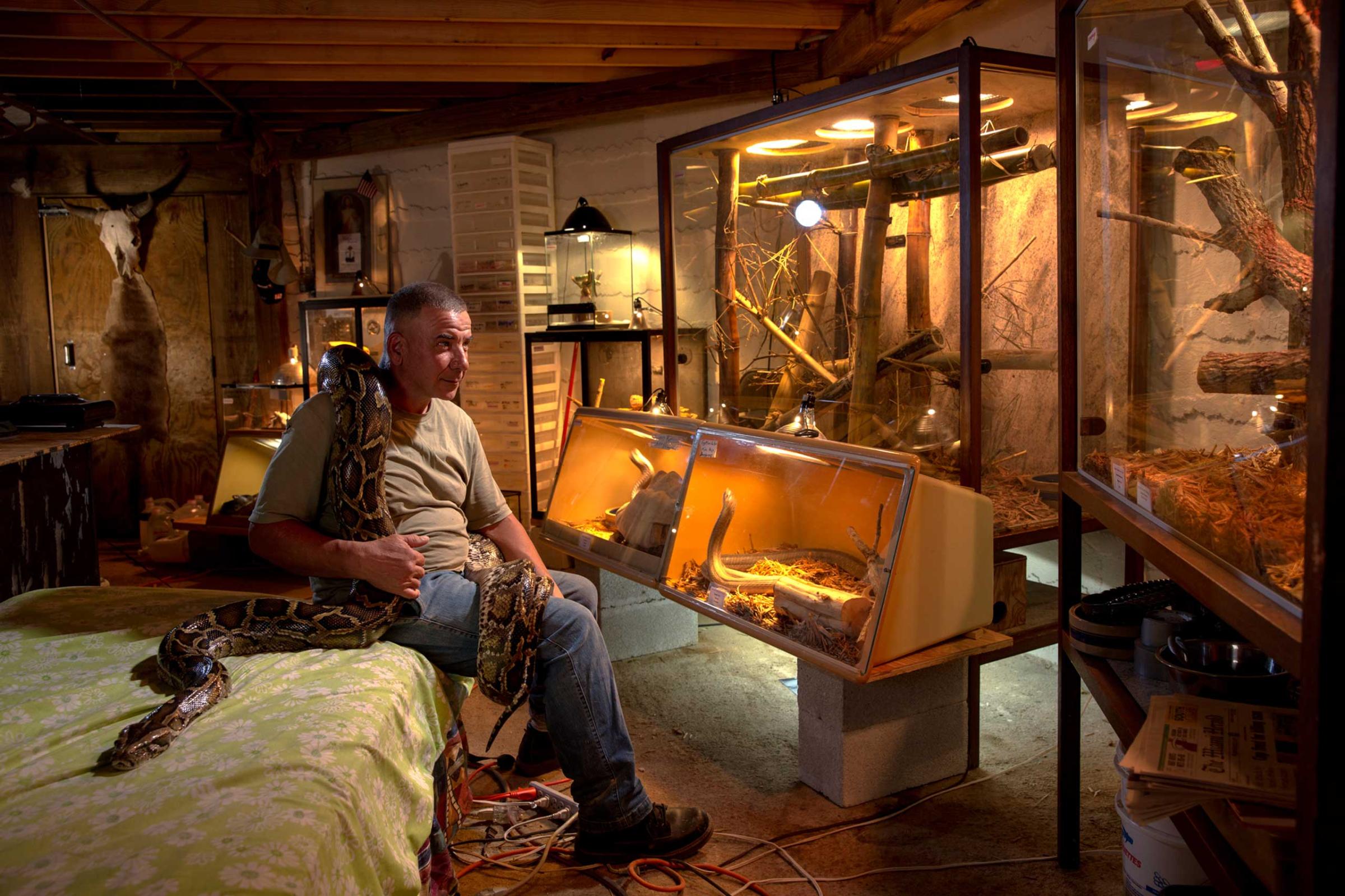

More Must-Reads from TIME
- Donald Trump Is TIME's 2024 Person of the Year
- TIME’s Top 10 Photos of 2024
- Why Gen Z Is Drinking Less
- The Best Movies About Cooking
- Why Is Anxiety Worse at Night?
- A Head-to-Toe Guide to Treating Dry Skin
- Why Street Cats Are Taking Over Urban Neighborhoods
- Column: Jimmy Carter’s Global Legacy Was Moral Clarity
Contact us at letters@time.com